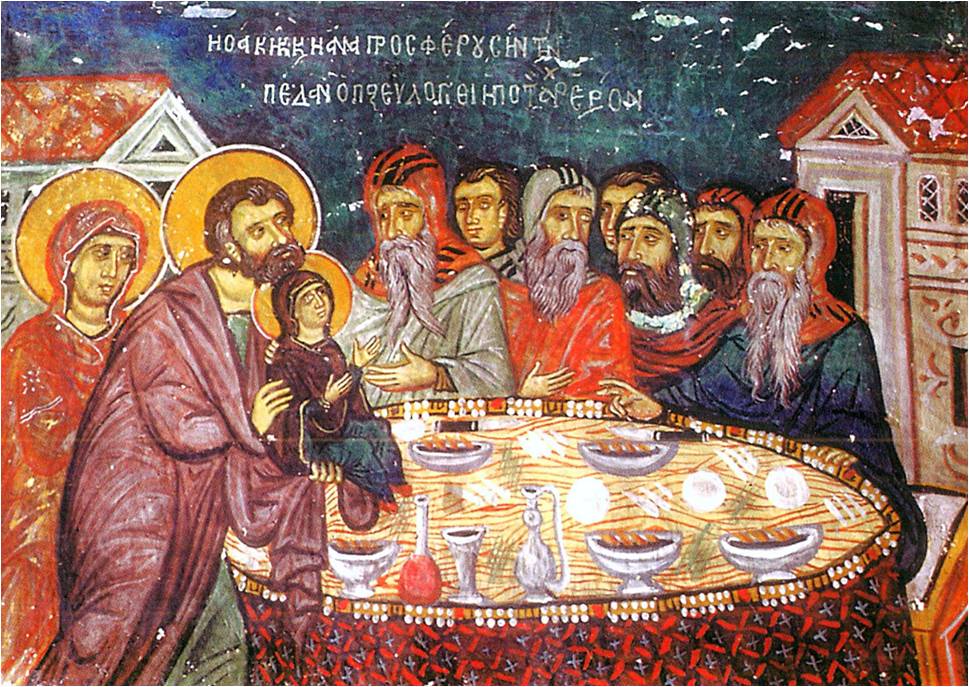Name - Origin
Καυκαλήθρα, καυκαλίδα.
A weed (Yangoullis 2009, entry μελισ̆σ̆ιάτος - μερισ̆σ̆ιάτος - μερισ̆ιάγκος - μελισ̆(σ̆)ιάντρος,ο, 280). Miliarissos or melisandros or goulia is the plant Tordylium aegyptiacum, an edible wild grass (Psillita-Ioannou 2010, 92). Milliarissos is a wild green with seeds that are sweet and sought after by children in villages. It is native and grows in sown fields (Kypri 1983 [2003²], entry μηλλιάρισσος,ο, 80).
Pharmakidis mentions that, while the name milliaros is used throughout Cyprus, in Karpasia and specifically in Koma tou Yialou, the specific plant is called melissiato (Kypri 1983 [2003²], entry μελισ̆σ̆ιάτοι,οι, 480).
George Loukas in his Glossary notes that this plant is called milliarissos in Paphos and Morphou, while in Koilani they call it arkoglykanisso (Kypri 1979 [2002²], entry μηλιάρισσος,ο, 309).
In Palaichori they would boil melisandros and add a bit of oil and flour. They would also add it to legumes (Psilita Ioannou 2010, 59). Its shoots are also consumed when fresh (Psilita Ioannou 2010, 92).
Functional and symbolic role
The whole plant is used for medicinal purposes. It contains essential oil, flavonoid glucosides, furanocoumarins and other components. Its fruit is diuretic and helps in the treatment of jaundice, cough and indigestion. It is one of the few plants that its seeds in large quantities can cause miscarriage in pregnant women (Kantzilaris 2007, 264).
Additional information and bibliography
It is harvested from March to May. Sheep and goats as well eat the fruit of this plant (Psilita Ioannou 2010, 92).
Yangoullis K. G. (2009), Θησαυρός Κυπριακής Διαλέκτου. Ερμηνευτικό, Ετυμολογικό, Φρασεολογικό και Ονοματολογικό Λεξικό της Μεσαιωνικής και Νεότερης Κυπριακής Διαλέκτου, Βιβλιοθήκη Κυπρίων Λαϊκών Ποιητών, 70, Theopress Publications, Nicosia.
Kantzilaris G. (2007), Το Καϊμακλί μέσα από το πέρασμα του χρόνου, publication of the new coop of kaimakli, Nicosia
Kypri Th. D. (ed.) (1979 [2002²]), Υλικά διά την σύνταξιν ιστορικού λεξικού της κυπριακής διαλέκτου, Μέρος Α΄, Γλωσσάριον Γεωργίου Λουκά, Publications of the Centre for Scientific Research, XLI, Nicosia.
Kypri Th. D. (ed.) (1983 [2003²]), Υλικά διά την σύνταξιν ιστορικού λεξικού της κυπριακής διαλέκτου, Μέρος Β΄, Γλωσσάριον Ξενοφώντος Π. Φαρμακίδου, Publications of the Centre for Scientific Research, IX, Nicosia.
Psilita-Ioannou P. (2010), Παλαιχώρι: Ιστορία και Πολιτισμός, Platypus Publishing, Athens.
Eleni Christou, Savvas Polyviou, Argyro Xenophontos
